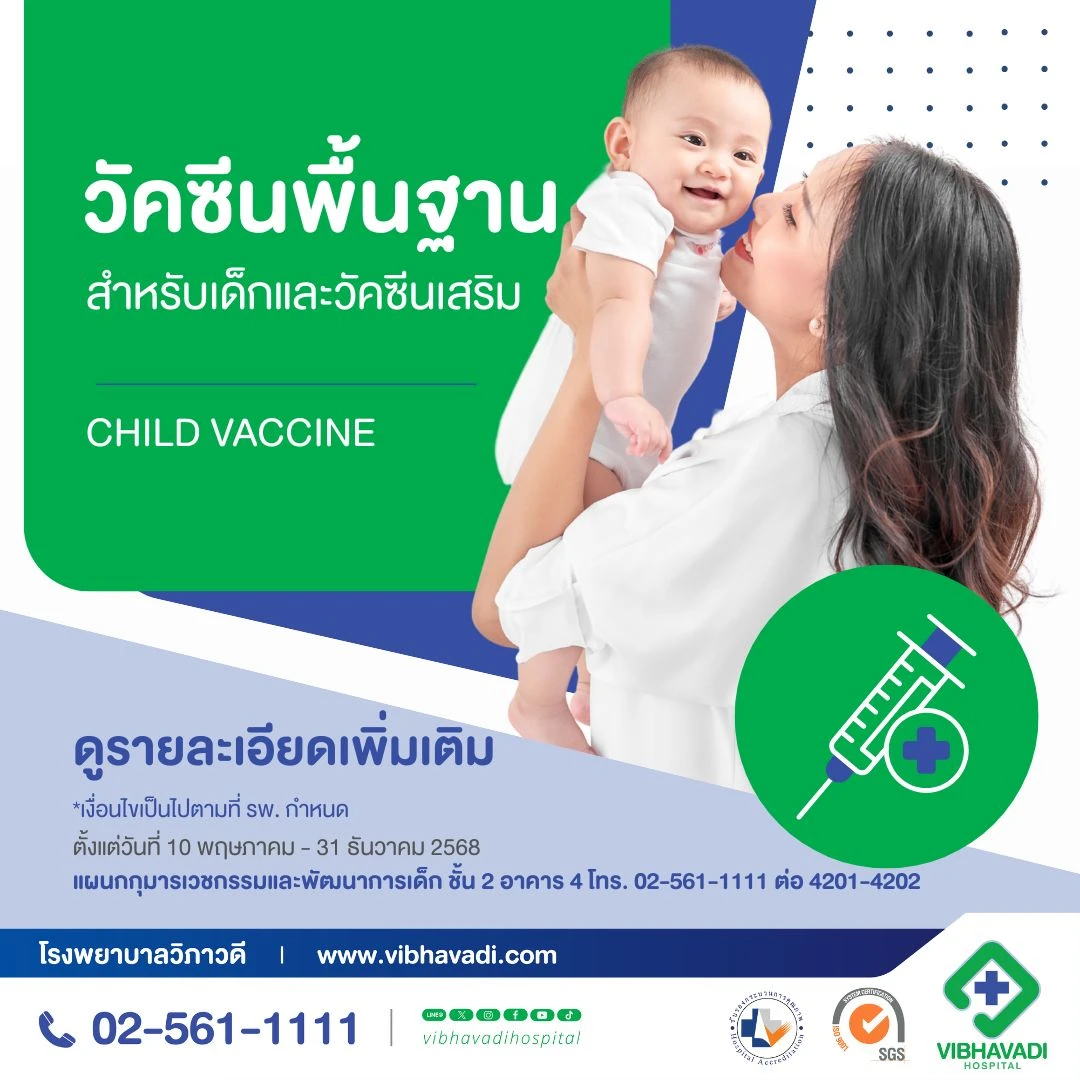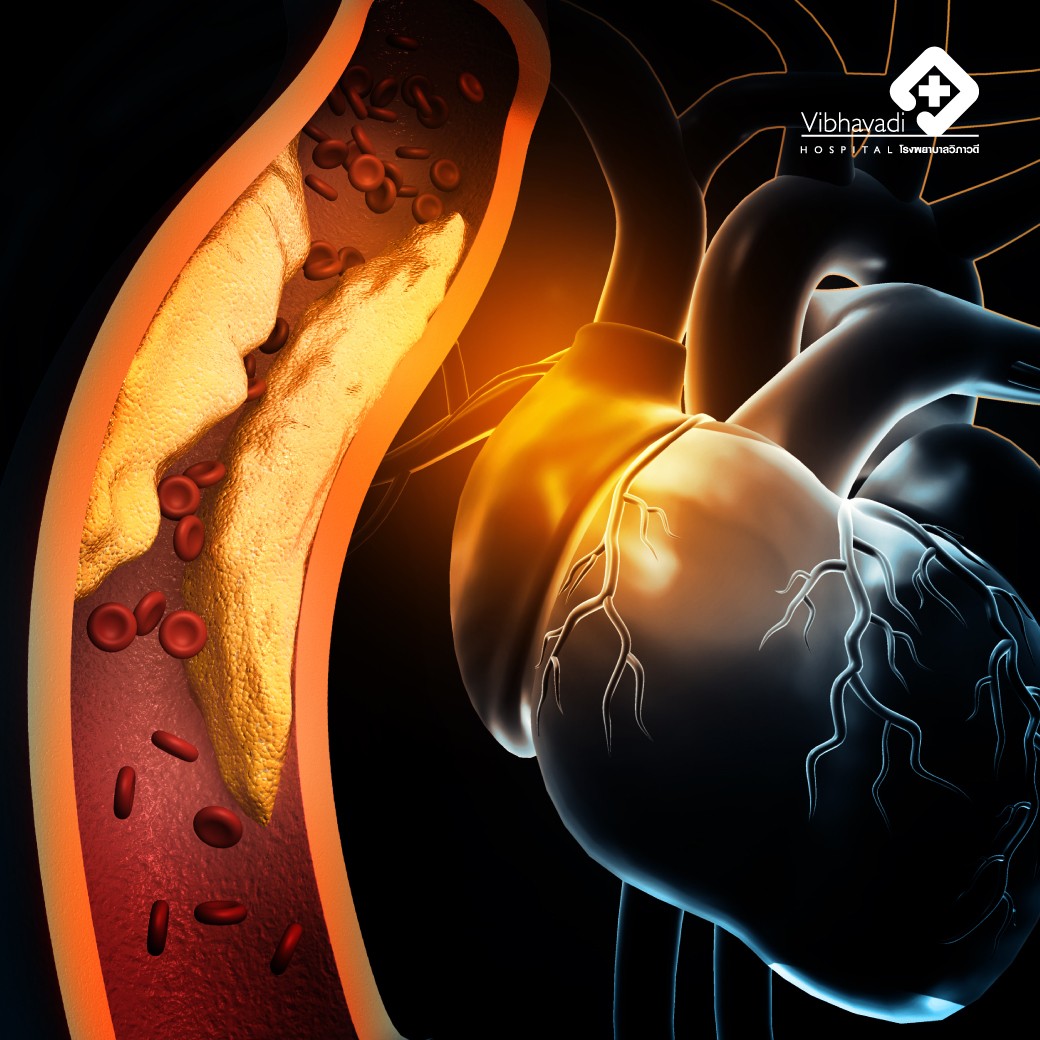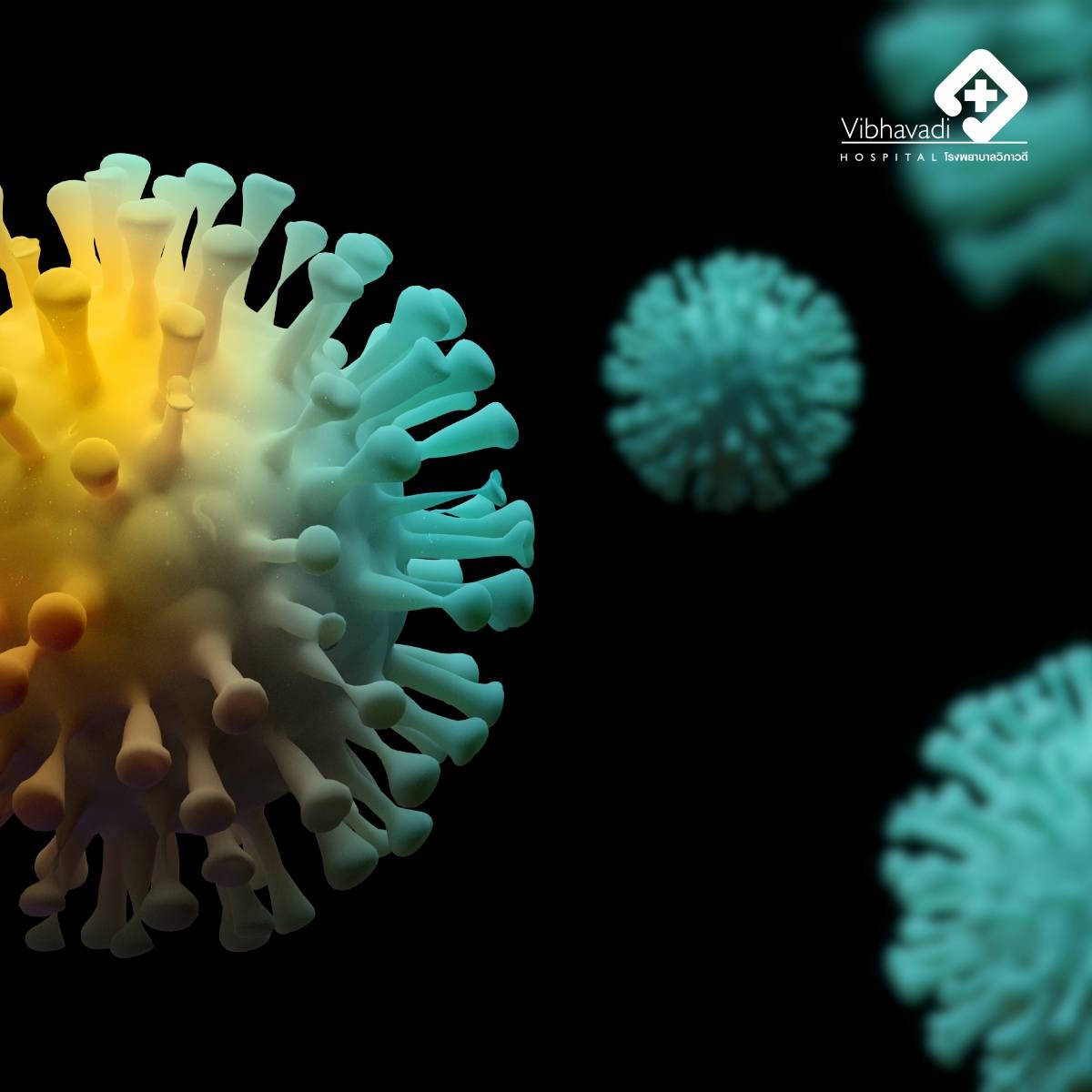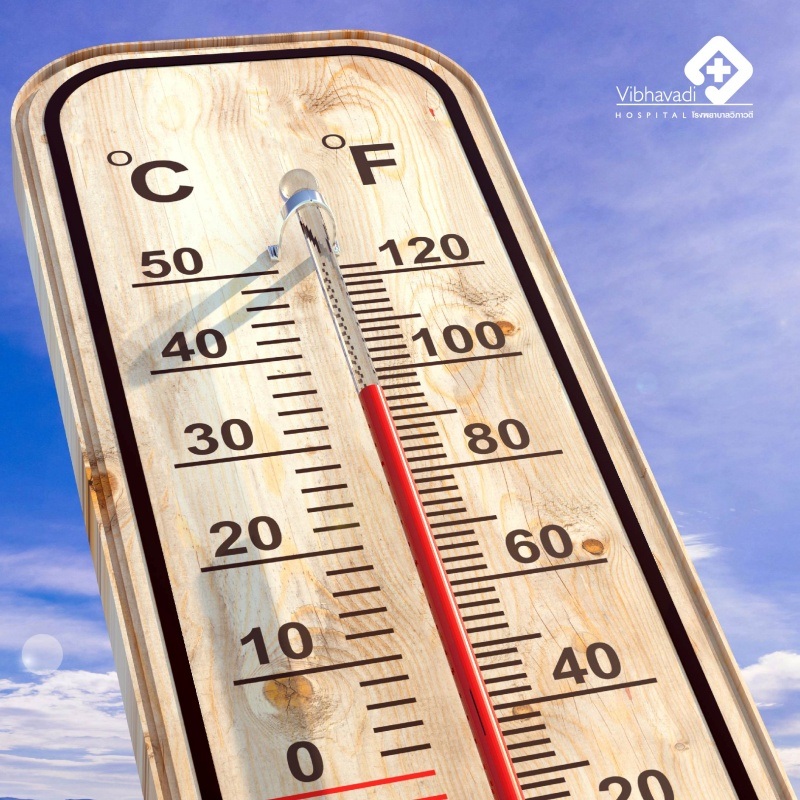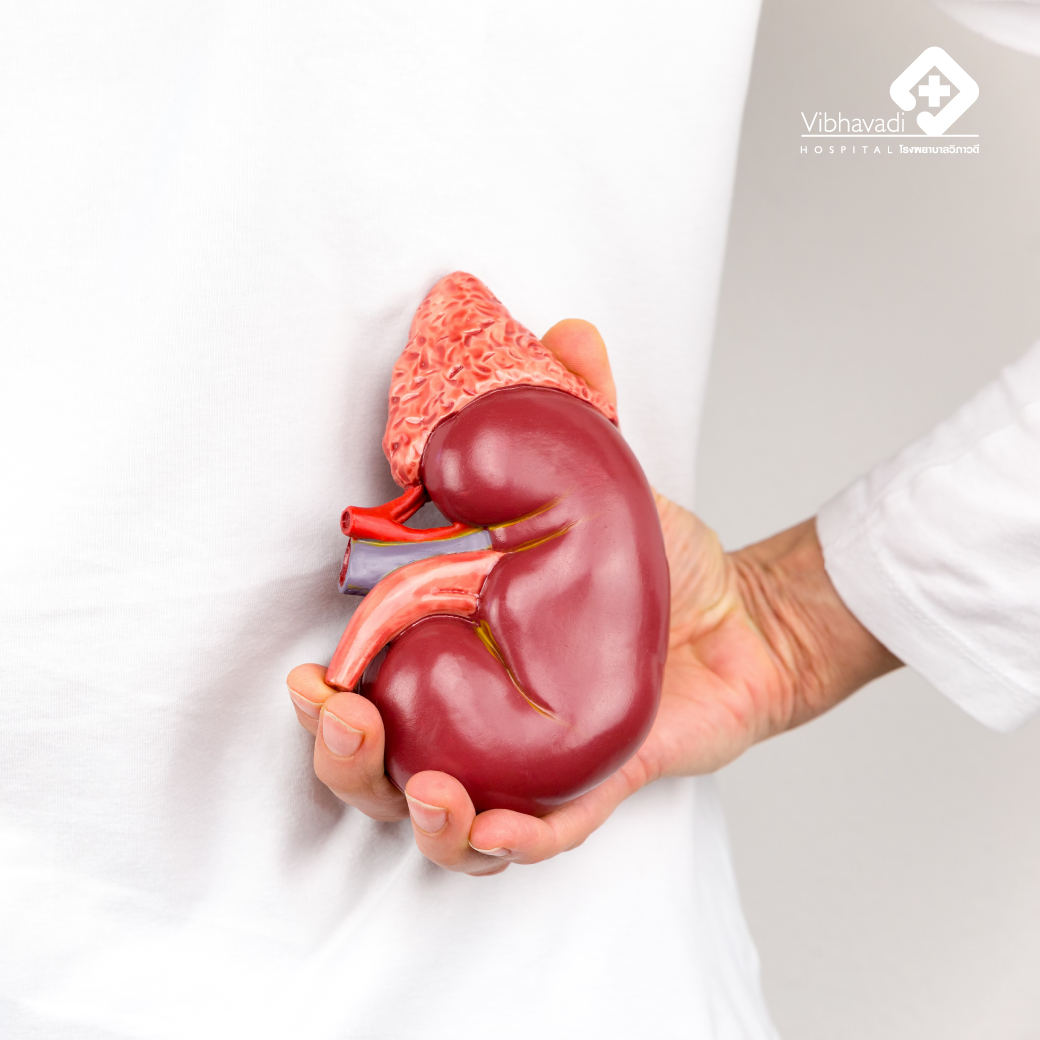Pediatric Pneumonia
Pediatric Pneumonia
Pediatric pneumonia, a respiratory condition in children, holds significant importance. As designated by the World Health Organization in 2009, November 2nd of each year is World Pneumonia Day. Let’s get to know and understand this ailment.
What is pediatric pneumonia?
pediatric pneumonia refers to the inflammation and infection of the lung tissue, including the airways and air sacs, leading to a reduced functioning capacity of these vital organs.
- Pneumonia is a prevalent disease affecting individuals of all ages. It can cause severe illness, disability, and even death, particularly among infants, the elderly, those with chronic conditions, and patients in advanced stages of illness.
- According to the World Health Organization's data from 2000, approximately 156 million children worldwide suffered from pneumonia. Over 95% of severe cases requiring hospitalization were reported in developing countries. Pneumonia ranks as the leading cause of death in children under the age of five, claiming the lives of two million children globally each year (one child every 15 seconds). This burden predominantly affects the African continent and Southeast Asia. (Source: WHO, 2009)
- In developing countries, the prevalence of pediatric pneumonia is 12 to 15 times higher compared to developed nations. Thailand, as an example, faces a significant burden of pneumonia, which remains a crucial public health concern due to high rates of morbidity and mortality. The Ministry of Public Health's data from 1999 to 2005 indicates that the incidence of childhood pneumonia has not decreased, and the mortality rate in children under five years of age remains higher than expected when compared to developed countries. (Annual incidence of pediatric pneumonia is 6.2% per year.) Moreover, surviving patients may experience complications that, if left unaddressed, can negatively impact the growth and development of children, particularly those under five years of age, who bear the highest mortality rate.
What causes pneumonia?
- The main causes of this disease are mostly due to viral or bacterial infections, or a combination of both. In rare cases, it can be caused by fungi, parasites, allergies, or irritants inhaled into the respiratory system.
- According to data from the World Health Organization, the bacteria that commonly cause pneumonia in developing countries include Streptococcus pneumoniae and Haemophilus influenzae. As for viral infections, respiratory syncytial virus (RSV) is the predominant cause, although it may vary between countries.
- In children, pneumonia is primarily caused by viral infections.
- It often occurs through contact with respiratory droplets, nasal or oral secretions containing infectious agents. In most cases, there are no antiviral medications available, except for influenza viruses, which the body can fight off by creating antibodies. Most patients experience mild symptoms and can recover on their own, with a low mortality rate.
- However, bacterial pneumonia in children is primarily caused by the presence of Streptococcus pneumoniae. This bacterium can be found in the nasal and throat tissues of individuals. When the body's defenses are weakened or if the mentioned tissues are damaged, the bacterium can enter the body. It can also occur when aspirated from the throat into the lower airways or lungs. If the amount of bacteria aspirated exceeds the body's ability to eliminate them, it can lead to pneumonia, causing damage to lung tissue and reducing the exchange of oxygen and carbon dioxide. This can result in oxygen deficiency for the patient.
- The pathogens causing pneumonia can enter the body through various means, such as inhalation, aspiration, or the spread of infectious agents through the bloodstream to the lungs.
- Under normal circumstances, the respiratory system has mechanisms to prevent foreign substances or pathogens from entering the airways or lungs. The nasal passage acts as a filter for infectious agents and airborne particles, preventing them from reaching the lungs, and they are expelled from the body through coughing. Additionally, the lungs have various defense mechanisms, such as the phagocytic action of white blood cells that can ingest bacteria, or the immune system that destroys pathogens. When there is an imbalance between disease-causing agents and the respiratory system's defense mechanisms, patients are more susceptible to developing pneumonia.
- If bacterial pneumonia is left untreated in patients, the infection can spread to vital organs such as the brain and bloodstream, increasing the risk of mortality.
What are the symptoms of pneumonia in children?
• The symptoms of pneumonia can vary in each individual, depending on the causative pathogen, age of the patient, and severity of the disease.
• The main symptoms of pneumonia in children typically include fever, cough, and difficulty breathing.
• Some individuals may experience nonspecific symptoms such as fever, fatigue, headache, restlessness, irritability, and confusion. Some patients may also experience chills.
• Symptoms in infants often lack specific characteristics. Some may or may not have a fever and may exhibit signs of poor feeding, vomiting, and refusal to suckle or drink.
• Pneumonia caused by viral infections often initially presents with respiratory symptoms, such as fever, runny nose, productive cough. Subsequently, patients may develop increased respiratory distress, rapid breathing, flaring of the nostrils, intercostal retractions, and cyanosis. Most cases are not severe and can improve on their own, with a low mortality rate.
• Pneumonia caused by bacterial infections usually manifests suddenly and severely. Patients may have a significant cough and accompanying facial pain.
Children at risk for pneumonia include:
• Infants with young age
• Infants with low birth weight or preterm birth
• Malnourished children
• Children with chronic conditions such as heart disease, lung disease, immune deficiencies, or neurological disorders
• Children with low immunity or residing in crowded areas with poor healthcare facilities
• Children exposed to secondhand smoke
• Children in childcare settings with a high number of children
Diagnosis of pediatric pneumonia:
• Through history-taking, physical examination, and respiratory system assessment.
• The World Health Organization recommends using respiratory rate as an assessment tool for patients with a history of fever and cough. Respiratory rate is the most sensitive and specific indicator for diagnosing pneumonia in children under 5 years old.
Abnormal respiratory rates in different age groups of children are as follows:
- From birth to 2 months: Respiratory rate should not exceed 60 breaths per minute.
- From 2 months to 12 months: Respiratory rate should not exceed 50 breaths per minute.
- From 12 months to 5 years: Respiratory rate should not exceed 40 breaths per minute.
• There are various methods for detecting the causative agent, such as sputum examination, bacterial culture, yellow fluid examination, and antigen testing.
• Currently, due to the pandemic of influenza and certain viral outbreaks, antigen testing for specific viruses such as RSV and influenza is commonly performed to prevent the spread of the viral infection.
• Chest X-ray imaging.
• In some cases where diagnosis is challenging, bronchoscopy may be considered.
Treatment of pediatric pneumonia:
• Treatment depends on the causative agent, patient age, and severity of the disease.
• For patients with mild symptoms such as fever, cough, and mild respiratory distress, physicians may prescribe antibiotics (in case of suspected bacterial pneumonia) and schedule follow-up appointments.
• Children under 5 years old with more severe symptoms are often hospitalized. This depends on the severity of symptoms, dehydration, oxygen deficiency, and may also involve intravenous fluid administration.
• Oxygen therapy: Oxygen may be administered to patients who exhibit severe respiratory distress, cyanosis, refusal to eat or drink, and a respiratory rate exceeding 70 breaths per minute.
• Adequate fluid and nutrition: Sufficient fluids and nutrition should be provided to meet the patient's needs. This helps reduce sputum viscosity, facilitates easier expectoration, decreases airway obstruction, and compensates for fluid loss caused by high fever and rapid breathing.
• Antibiotics: Antibiotics are prescribed to eliminate bacterial pathogens. The choice of antibiotic should consider the patient's age, history of exposure to pathogens, likelihood of drug resistance, and additional information obtained from the patient's medical history.
• Other treatments may include antipyretics, percussion to promote sputum clearance, bronchodilator therapy, and so on.
Children with severe pneumonia should be admitted to the hospital if they meet the following criteria:
• Patients younger than 6 months old.
• Patients experiencing severe wheezing and requiring oxygen.
• Patients experiencing nausea and vomiting.
• Patients who have taken medication without improvement.
• Patients with a weakened immune system.
• Parents are unsure if they can adequately care for the child.
Prognosis:
• The likelihood of recovery depends on the type of pneumonia, appropriate treatment, complications, and the patient's underlying health.
• Some reports suggest that pediatric pneumonia is associated with reduced lung function compared to adults when they reach adulthood. Severe cases of pneumonia caused by aggressive pathogens, such as measles or influenza, may lead to chronic conditions like bronchiectasis.
How can we protect young children from pneumonia?
• Ensure that children have good overall health and hygiene practices. Regular handwashing helps reduce the transmission of infections through hand contact, and using face masks can be beneficial.
• Avoid taking young children to crowded communities or places for extended periods.
• If your child has symptoms such as fever, cough, or wheezing, promptly seek medical attention for timely treatment.
• Consult a healthcare professional to consider immunization options for pneumonia prevention, such as the Hib vaccine, Pneumococcal vaccine, and Influenza vaccine.
Compiled by Dr. Pranee Sitaposa, Pediatric Infectious Disease Specialist at Vibhavadi Hospital.

